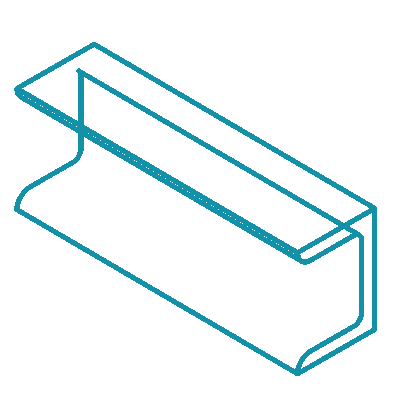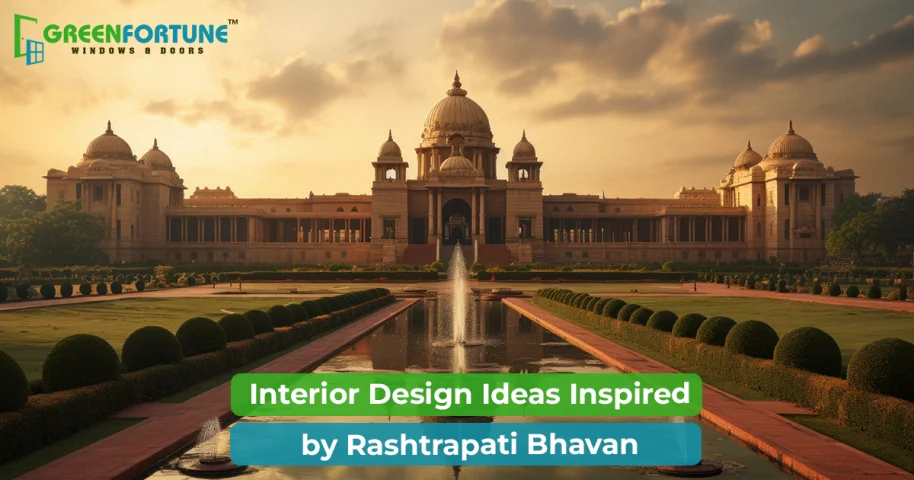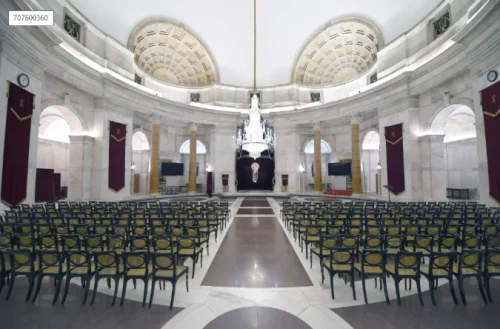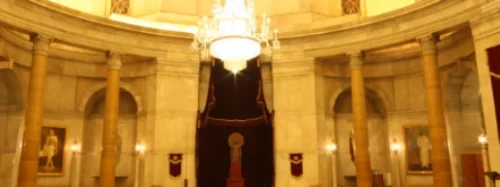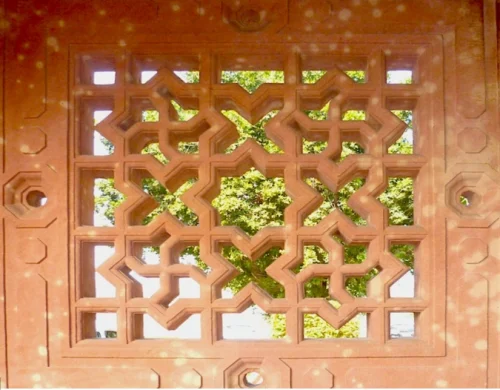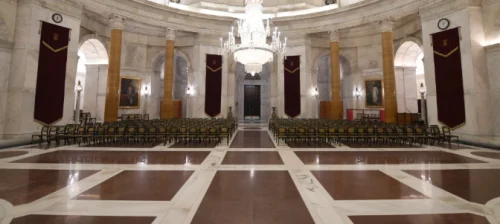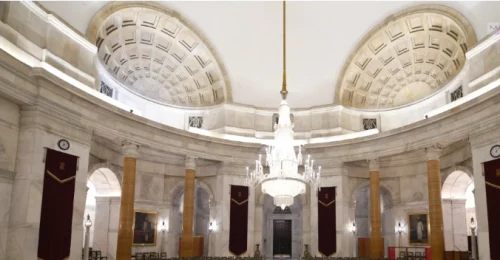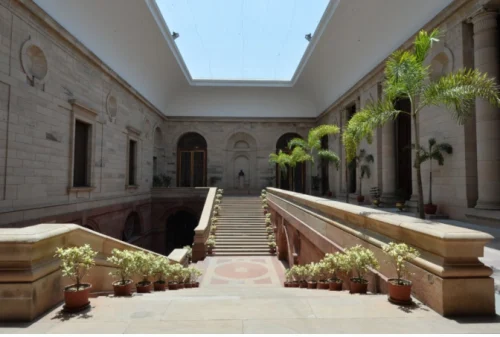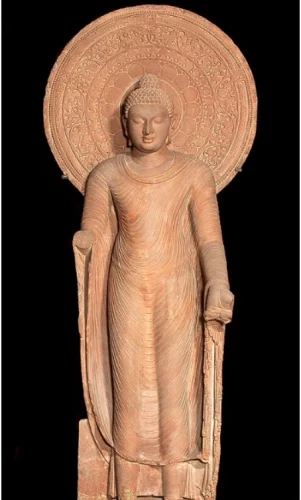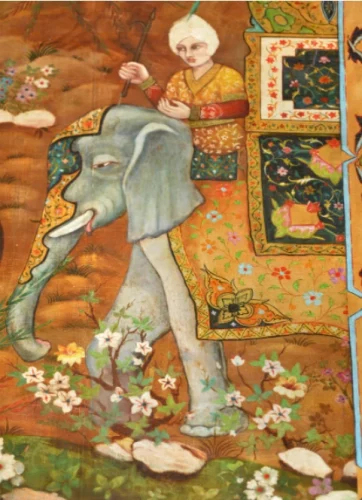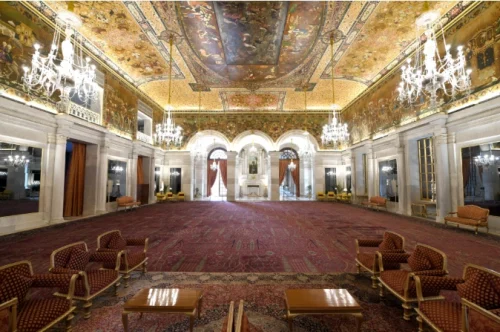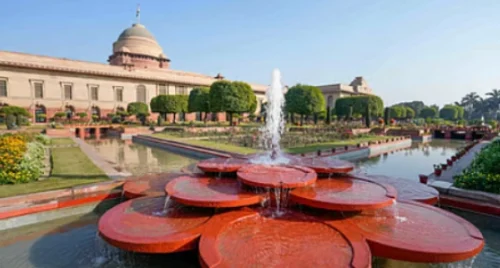
Laminated Vs Non-Laminated uPVC Windows: Which One Should You Choose?
June 26, 2025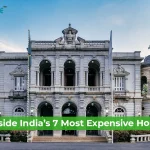
Most Expensive Houses in India & Why Antilia Mukesh Ambani House is No. 1
June 27, 2025Most of us think of Rashtrapati Bhavan as just a big government building. We imagine long corridors, red carpets, and official functions.
But the truth is, it’s one of the most beautifully designed buildings in India. And not just on the outside. Inside, it’s full of small, thoughtful details that most people have never seen. No piece is random, and every corner tells a story.
Once you notice them, you can’t unsee them. And some of them might just spark ideas for your own home.
In this blog, we’ll walk you through 11 interior design features from Rashtrapati Bhavan that quietly stand out and are worth paying attention to, especially if you are looking for timeless Indian interior design ideas.
Also read: Bedroom window design ideas for Indian homes.
Table of contents
- Design Inspirations From Rashtrapati Bhavan Interiors
- 1. Belgian glass chandelier under the dome
- 2. Yellow Jaisalmer marble columns with bell capitals
- 3. Twelve marble jaali screens for light & ventilation
- 4. Chocolate Italian marble inlay floors
- 5. Double-dome with central oculus
- 7. Courtyards with colonnaded verandahs
- 8. The Gupta-era Buddha centrepiece
- 9. Persian & Fresco paintings on ceilings and walls
- 10. Hand-knotted Persian carpet
- 11. Water basins with lotus motifs
- Final Takeaway
- FAQs
Design Inspirations From Rashtrapati Bhavan Interiors
Here are 11 interior design inspirations from Rashtrapati Bhavan for you.
1. Belgian glass chandelier under the dome
Credits: Rashtrapati Bhavan Website
In the Ganatantra Mandap (formerly Durbar Hall), a massive Belgian glass chandelier hangs 33 m below a 22 m wide dome. It is surrounded by high white marble walls. The light bounces off the curved ceiling and polished floors to create an awe-inspiring glow.
Home Inspiration: Add a grand chandelier in a double-height room or a dome-like ceiling for instant regality. Use white or cream stone tiles, wall paints, or limewash to bounce light and add elegance
2. Yellow Jaisalmer marble columns with bell capitals
Credits: Rashtrapati Bhavan Website
Gantantra Mandap’s halls’ pillars are carved from Jaisalmer stone and feature a unique capital design called the “Delhi Order” by Edwin Lutyens. These bell-shaped tops combine Roman proportions with temple-inspired bell capitals.
Home inspiration: Frame your porch or hallway with simple pillars, adding symbolic bell motifs in brackets or capitals.
3. Twelve marble jaali screens for light & ventilation
Credits: VictorianWeb
There are jaali screens pierced in red sandstone, inspired by Rajsathani designs, set into the attic of the Ganatantra Mandap in Rashtrapati Bhavan. These screens filter daylight and improve ventilation while maintaining privacy.
Home inspiration: Add MDF or metal jaali panels to windows, staircases, or as dividers.
4. Chocolate Italian marble inlay floors
Credits: Rashtrapati Bhavan Website
The floors inside the Gantantra Mandap halls are made of chocolate Italian marble bordered with decorative inlays. This mix of deep colour and geometric edging gives a rich, grounded look to the vast space.
Home inspiration: Use contrasting tiles or bordered floors in hallways and foyers.
5. Double-dome with central oculus
Credits: Rashtrapati Bhavan Website
A circular oculus at the centre of the Gantantra Mandap’s dome lets in focused light from above. Combined with the double-dome structure, this design brings symmetry and light diffusion into the heart of the palace.
Home inspiration: Use skylights or ceiling rings in the foyer, pooja room, stairwell or kitchen areas to bring in natural daylight.
Also read: False ceiling design ideas for every room in your home.
7. Courtyards with colonnaded verandahs
Credit: Rashtrapati Bhavan Website
Rashtrapati Nilayam includes multiple open courtyards surrounded by collonaded corridors. These were designed to bring in natural light and airflow while maintaining temperature control.
Home inspiration: Design an open-to-sky courtyard or a verandah bordered by arches and columns.
8. The Gupta-era Buddha centrepiece
Credits: Wikimedia Commons
You can see a 5th-century Buddha statue placed directly under the dome in Ganatantra Mandap, aligned with India Gate through the central axis.
Home inspiration: Position a meaningful sculpture or a plant at a visual focal point, such as your entrance hall or open living area
9. Persian & Fresco paintings on ceilings and walls
Credits: Rashtrapati Bhavan Website
Rashtrapati Bhavan’s Ashoka Hall features a stunning Persian-style painting, depicting royal hunts and more, on the ceiling, painted by Tommaso Colonnello, and a fresco painting on the walls.
Home inspiration: Use ceiling murals, wallpapered ceilings, or coloured beams
10. Hand-knotted Persian carpet
Credits: Rashtrapati Bhavan Website
Over 500 artisans worked to hand-knot the 32m x 20m carpet for over 2 years in Ashok Hall. It features Mughal-inspired florals and central medallions.
Home inspiration: Use one oversized carpet to anchor a living or dining space. Look for hand-tufted or wool-blend alternatives suitable for Indian weather.
11. Water basins with lotus motifs
Credits: Deccan Herald via PTI photo
Throughout the Rashtrapati Bhavan, on rooftops, courtyards, and along corridors, carved stone fountains shaped like lotus petals serve as a visual treat.
Home inspiration: Use brass urli bowls, indoor tabletop fountains, or shallow planters for the same effect.
These are the elements that once shaped the royal Indian home interiors, and are still relevant in a modern setting.
Final Takeaway
When you look closely at Rashtrapati Bhavan, it is the tiny, thoughtful details that stay with you. Not everything can be recreated, but maybe a few things can. A jaali that softens sunlight, a lotus bowl that brings calmness- start small.
Also read: Kitchen design ideas for a stylish and functional space.
If you’re looking to bring some of these ideas into your own home, GreenFortune’s range of uPVC windows and doors can help. Our products are durable, weather-resistant, thermally insulated, stylish and perfect for both modern and traditional homes.
Check out our uPVC collection now!
FAQs
1). What is special about Rashtrapati Bhavan?
Rashtrapati Bhavan is not just the presidential palace India, but a masterpiece of architecture, cultural symbolism and craftsmanship. Designed by Sir Edwin Lutyens and completed in 1931, this 340-room palace is a mix of European Neoclassical precision and Indian artisanal heritage.
2). What is the first name of Rashtrapati Bhavan?
Before independence, Rashtrapati Bhavan was called the Viceroy’s House, built for the British Viceroy of India. After 1947, it was renamed Rashtrapati Bhavan, meaning “President’s House” in Hindi.
3). Is Rashtrapati Bhavan open for visitors?
Yes. Visitors can book tours online to see selected areas like the main building, gardens, museum complex, and ceremonial halls, depending on the schedule released. Entry requires a valid ID and prior registration.


